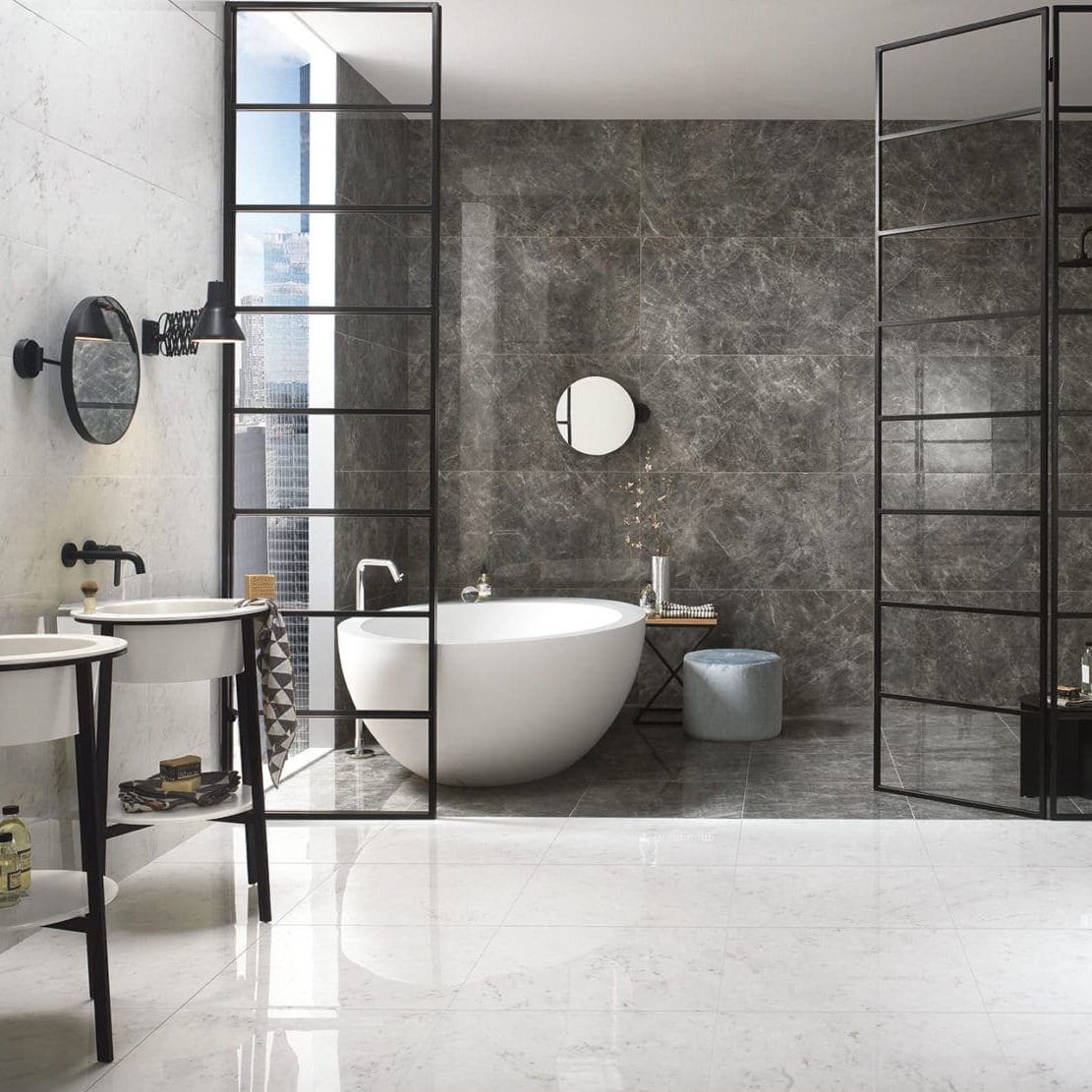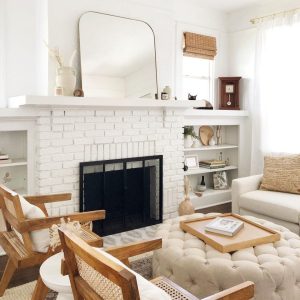
The Benefits of Oyster Lights in Your Home or Office
Introduction
Lighting is an essential component of our daily lives, and it is crucial to have the right lighting in our homes and workplaces. One option that has become increasingly popular in recent years is oyster lights. Oyster lights are soft surface-mount fixtures that give off a warm and inviting glow, making them perfect for use in living rooms, bedrooms, and even offices. In this article, we will explore the benefits of oyster lights in more detail.
What Are Oyster Lights?
Oyster lights are named after their shape, which resembles an oyster shell. They are surface-mounted to the ceiling, and the light source is hidden behind a translucent cover. This cover diffuses the light, creating a soft, even glow that is ideal for ambient lighting. Oyster lights can be fitted with different types of bulbs, including LED, fluorescent, and incandescent, depending on the desired effect and energy efficiency.
What Are the Benefits of Oyster Lights?
There are several benefits to using oyster lights in your home or office, including:
Energy Efficiency
Oyster lights are highly energy-efficient, especially when LED bulbs are used. LED bulbs consume much less energy than traditional incandescent bulbs, which can help you save on your electricity bills. Additionally, LED bulbs last much longer than incandescent bulbs, which means you will not have to replace them as often, further reducing your energy consumption.
Even Lighting
Oyster lights provide an even distribution of light, which can improve the overall ambience of a room. Because the light source is hidden behind a translucent cover, there are no harsh shadows or glares that can be distracting or uncomfortable. This makes oyster lights an excellent choice for bedrooms, living rooms, and other areas where a soft and inviting glow is desired.
Ease of Installation
Oyster lights are easy to install, and they can be mounted to the ceiling in just a few simple steps. Oyster lights are also available in a range of sizes and styles, making it straightforward to find a fixture that suits the style and décor of your home or office.
Low Maintenance
Oyster lights require very little maintenance, which makes them an ideal choice for busy homeowners and office managers. Because the light source is hidden away, there is no need to regularly clean the fixture. LED bulbs are also known for their long lifespan, which helps to reduce the frequency of bulb replacement.
How to Choose the Right Oyster Light
When selecting an oyster light, there are several factors to consider. These include:
Size
Oyster lights are available in a range of sizes, from small fixtures suitable for hallways and entryways to larger fixtures that can illuminate entire rooms. When choosing an oyster light, consider the size of the room and the intended purpose of the fixture.
Style
Oyster lights are available in a range of styles, from modern and minimalist to traditional and ornate. Consider the style and décor of your home or office when selecting an oyster light to ensure that it complements the existing design elements.
Bulb Type
As previously mentioned, oyster lights can be fitted with different types of bulbs. LED bulbs are the most energy-efficient and long-lasting option, while fluorescent and incandescent bulbs are also available.
Oyster lights are an excellent choice for homeowners and office managers looking for an energy-efficient, low-maintenance, and stylish lighting option. Whether you’re looking to create a warm and inviting atmosphere in your living room or improve the lighting in your office, oyster lights are a versatile and effective solution. When selecting an oyster light, be sure to consider the size, style, and bulb type to find a fixture that fits your needs and complements your existing décor.


